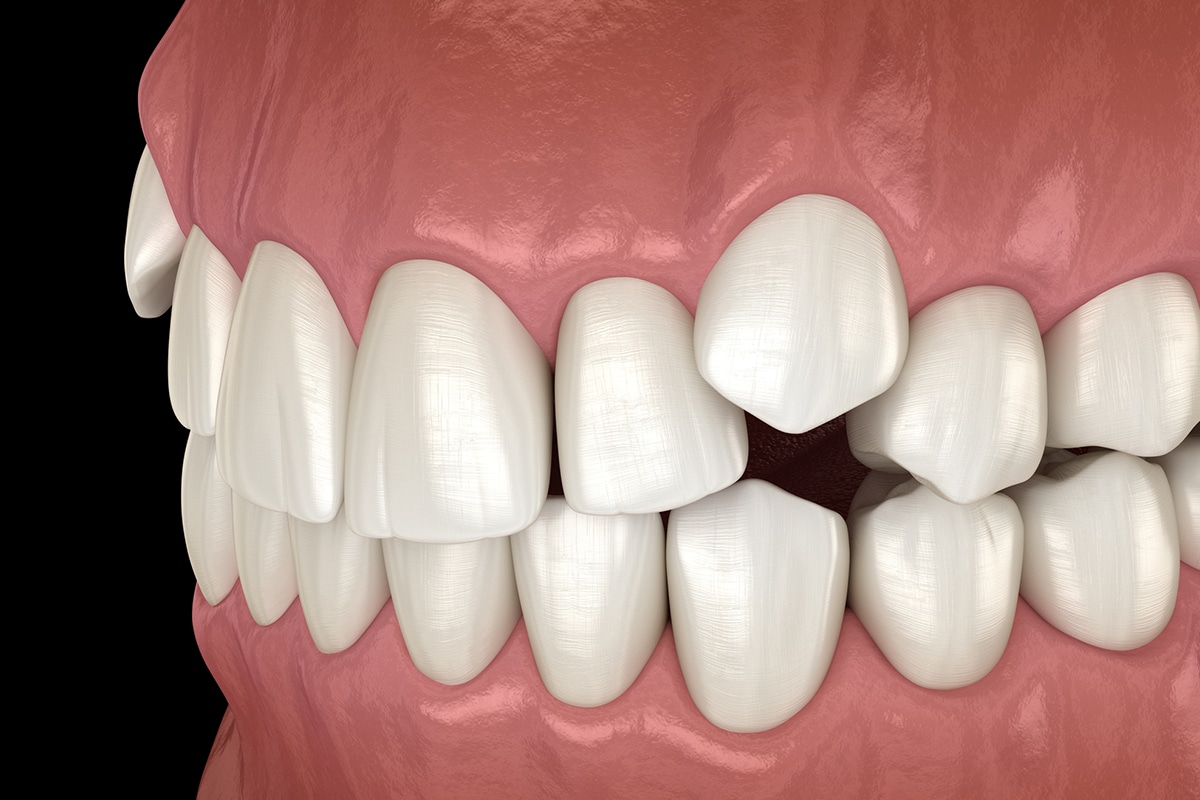
When a canine tooth becomes impacted, it can lead to discomfort, crowding, and other dental complications. Canines, often referred to as "cornerstones of the smile," play an essential role in maintaining dental alignment and aiding in chewing. However, when these teeth fail to emerge properly due to overcrowding or misalignment, oral surgery may be required to correct the issue.
This blog provides a detailed overview of what to expect from oral surgery for impacted canines, from diagnosis to recovery, and how such procedures can improve your oral health and overall well-being.
Understanding Impacted Canines
Impacted canines occur when these critical teeth fail to erupt properly through the gum line. This can happen if there isn’t enough space in the jaw, they grow in the wrong direction, or other teeth block their path. Impacted canines are a common dental issue but cannot be ignored, as they can cause problems such as:
- Misaligned teeth due to shifting caused by the impacted tooth.
- Aesthetic concerns, such as gaps or uneven smiles.
- Discomfort or pain due to pressure on surrounding teeth.
- Risk of cysts or damage to adjacent teeth.
A skilled oral surgeon will typically use diagnostic tools, such as digital X-rays or 3D imaging, to determine the position of the impacted tooth and plan the best course of action for treatment.
The Oral Surgery Process
Undergoing oral surgery for an impacted canine is a multi-step process that ensures precise and effective treatment. Here's what typically happens:
1. Consultation and Diagnosis
Your surgeon will conduct a thorough evaluation, including imaging and an assessment of your oral health. Pain points and concerns will be discussed, and you’ll receive a clear outline of the procedure, anesthesia options, and recovery expectations.
2. The Surgery Itself
The surgery is performed under local anesthesia, sedation, or general anesthesia, depending on the complexity and your individual needs. The surgeon may create an incision in the gum tissue to access the impacted canine. If necessary, small amounts of bone around the tooth may be removed to aid in its exposure. The goal is to either reposition the tooth or facilitate its proper eruption, sometimes with the assistance of orthodontic appliances.
3. Post-Procedure Recovery
Recovery from oral surgery for an impacted canine is similar to other minor oral procedures. Patients can expect some discomfort, swelling, and possibly minor bleeding for the first day or two. Your surgeon will provide specific instructions, such as dietary recommendations, cleaning techniques, and follow-up care to ensure smooth healing.
Benefits of Correcting Impacted Canines
Correcting an impacted canine does more than just improve the appearance of your smile. This procedure supports long-term oral health by:
- Preventing crowding, which can otherwise lead to uneven wear on teeth or difficulty cleaning.
- Reducing the risk of gum disease or cavities, which may arise from impacted teeth.
- Improving chewing efficiency, as canines are vital for tearing food and maintaining proper bite alignment.
Addressing impacted canines also prevents more extensive and costly dental issues in the future.
Frequently Asked Questions About Oral Surgery
What can I eat after surgery?
After surgery, it’s important to focus on a soft food diet to avoid irritating the surgical site. Options such as smoothies, yogurt, mashed potatoes, and soups are ideal for the first few days. Avoid hard, crunchy, or chewy foods until your surgeon clears you to return to your normal diet.
How long does it take to recover from oral surgery for impacted canines?
Most patients recover within a few days to a week, but healing can vary based on the complexity of the procedure and individual factors. Follow your oral surgeon’s aftercare instructions to ensure a smooth and timely recovery.
